Day 5 A is for Albatross! (Written on June 05, 2013)
Impressively bright cloud masses in intense red/yellow/green & black blobs on both radar screens put me on alert when I report for my 12-3am watch. This is the Low pressure we have been expecting and this system, oriented from SE to NE, looks heavy with rain. At this stage the wind is 16-18 knots from the West. The barometer indicates 1012, down eight hPa from 1020 at this time yesterday morning, this change is simply due to the approach of the Low from the west. Outside, very light slightly chilled rain falls mist-like. The barometer continues to fall and at 0020 it reads 1011.
During the day yesterday the water temperature was a real indicator of currents and thus our boat speed. With any increases of SST (Sea Surface Temperature) we were receiving a 1-2 knot push from our friend the Leeuwin Current. At one stage in the early afternoon we saw ship speeds 11.1 and 11.2 knots on the nav computer, with an average of 10.1 for the hour! We are hooning along!
Our course eastward takes us through water 4897m deep. A merchant ship is paralleling our track and is also bound for Port Lincoln, apparently, all roads lead to Port Lincoln. Passing Pasley Canyon and now Dover Canyon, we continue this canyon theme. The 5000m contour line criss-crosses our heading of 090 degrees taking us to Cape Catastrophe in South Australia via Nullarbor Canyon in the centre of the Bight.
On the echo-sounder biomass backscatter recorded between 25m to 85m displays the normal diurnal “vertical migration”. This phenomenon occurs when mobile zooplankton (small animals) travel towards the surface each night to feed on small plant material known as phytoplankton.
At 0130 it is really raining – in fact bucketing would be a better descriptor. In the masthead lume the rain flows in dashed lines on a 45 degree angle from our aft 5 o’clock position. Wash that deck, clean the rails! Another heavy downpour falls at 1406 and by 0230 I notice that the backscatter is now concentrated between 50-100 m. Has the freshwater content in the water-column caused these changes? The rain and cloud persist but the bank is now well ahead of us since the low system is moving faster than 10 knots!
Like good primate tool users, we are continuing to learn to use new tools and to use old tools in new ways. Blobs on the radar screen show rain/cloud and shipping, arrows and numbers on the nav chart indicate current direction and depth contours and sprinkles on the echo-sounder a moving mid-water column of biomass “goop”. The SST data helps us follow the Leeuwin Current and thus effectively catch a ride on this “conveyor belt” eastwards. Heading into deep-water we knew we would be in sperm whale country and indeed have found some. Hearing the sperm whale codas, then sighting three whales confirmed the acoustics with the visual observations and vice versa along with all the other current direction, water depth, sea-water temperature and biomass information.
One hundred and fifty nautical miles south of Eucla at 0820, cloud and sunshine in equal mix is a nice start to the day. Over the waves I can see a darkly-coloured bird, it is larger than the prevalent shearwaters and petrels and with the jizz of an albatross I am hopeful that it is a Sooty Albatross. Sure enough with clear photos we have our first Sooty Albatross of this journey. The white eye-ring is unique but similar to the Light-mantled Sooty Albatross which has a lighter-tone body. Just to emphasise the distinction, during the next bird observations the Sooty comes back and is also joined by its’ Light-mantled cousin!
Since we haven’t caught any fish – most likely due to our excessive speed, I think that a canned salmon dish for lunch might be in order. A warmed salmon frittata with salad and baguette is a suitable at-sea protein fix. The wind is increasing to 18-20 knots from the West and with the swell rising to 2m in a rousing open ocean we hustle and bustle towards Port Lincoln. The Southern Ocean feel mixed with the soaring of the albatross seems oh-so appropriate. Also ducking and weaving over the wave-tops I recognise the distinctive large strong body, white underwings, whitish head and pink beak of the mighty Wandering Albatross. The largest of the albatross species, incredibly their wingspan reaches from 2.5 to 3.5 m.
All afternoon we scan and scan. Sperm whales are heard on the acoustics but with the increase of the wind, sea and swell they visually elude us. Albatross keep us entertained and our eyes peeled, ever-hopeful for cetacean sightings as they often feed on the same prey – squid. Alarmingly, sundown is at 1620, this is winter in the Southern Ocean! Being almost at the border between WA and SA, we will cross soon and then change into SA time adding one and a half hours.
With darkness closing in so early we spend the time after survey productively. Inday edits her video dairies and while Resty makes dinner I finish my daily blog pieces. Steaming rice, baked potatoes, meat balls with vegetable sauce and salad nourish the crew perfectly and after a washing-up playlist selection of Queen, all parties, excepting those on watch of course, opt for an early night.
From golden waves above the Nullarbor Canyon,
Mich

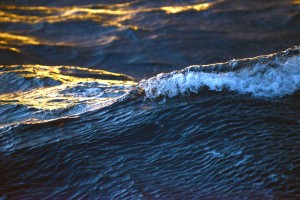
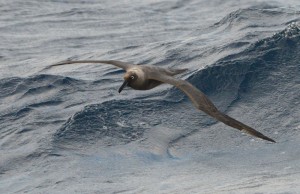
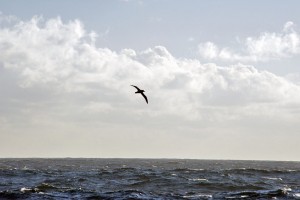
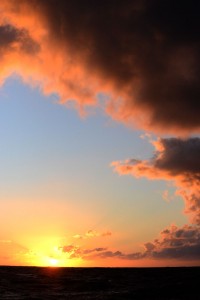



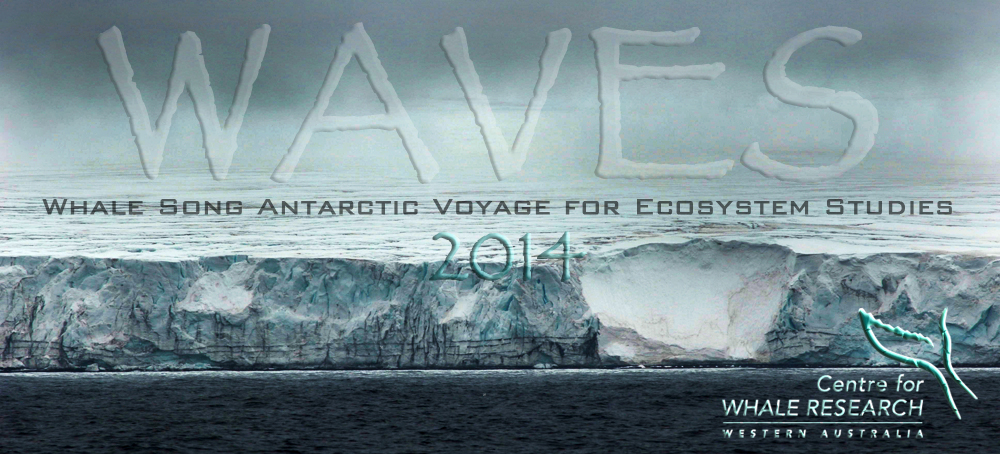










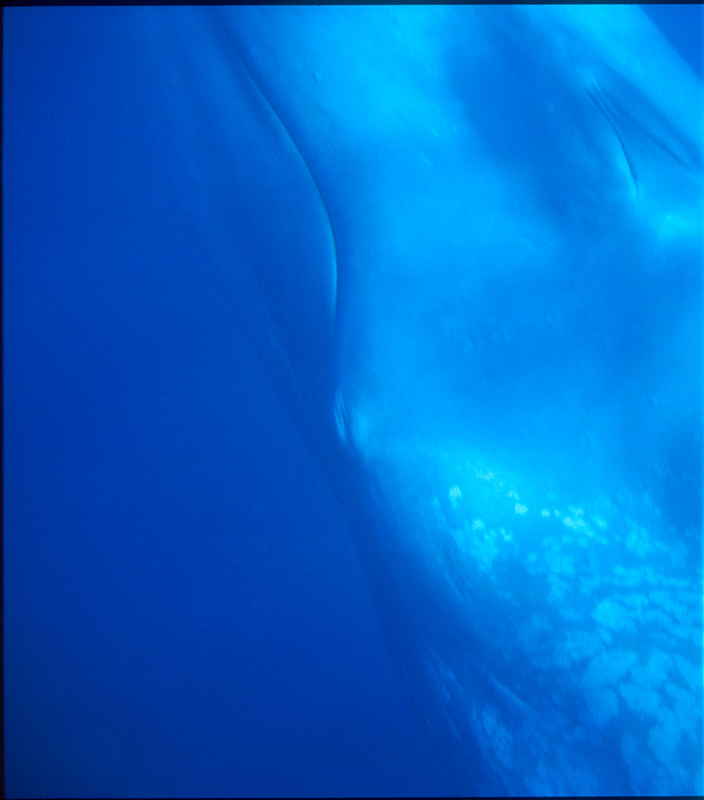
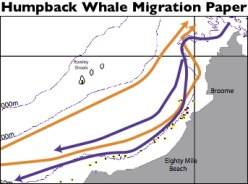
No comments yet.